Peugeot Launches New Logo With Intentions Of Updating The Brand’s Image:
Is The First Stellantis Brand To Receive An Updated Image...

Now that the Fiat Chrysler Automobiles (FCA) and Peugeot S.A. (PSA) merger has been completed creating the new identity of Stellantis, Mopar fans are starting to learn more about the French side of the company’s portfolio. Yesterday, the Peugeot brand became the first Stellantis brand to get a makeover in the new Stellantis era. The FIAT brand announced it too was undergoing an update to the brand’s image kicking off in October, under the FCA banner.
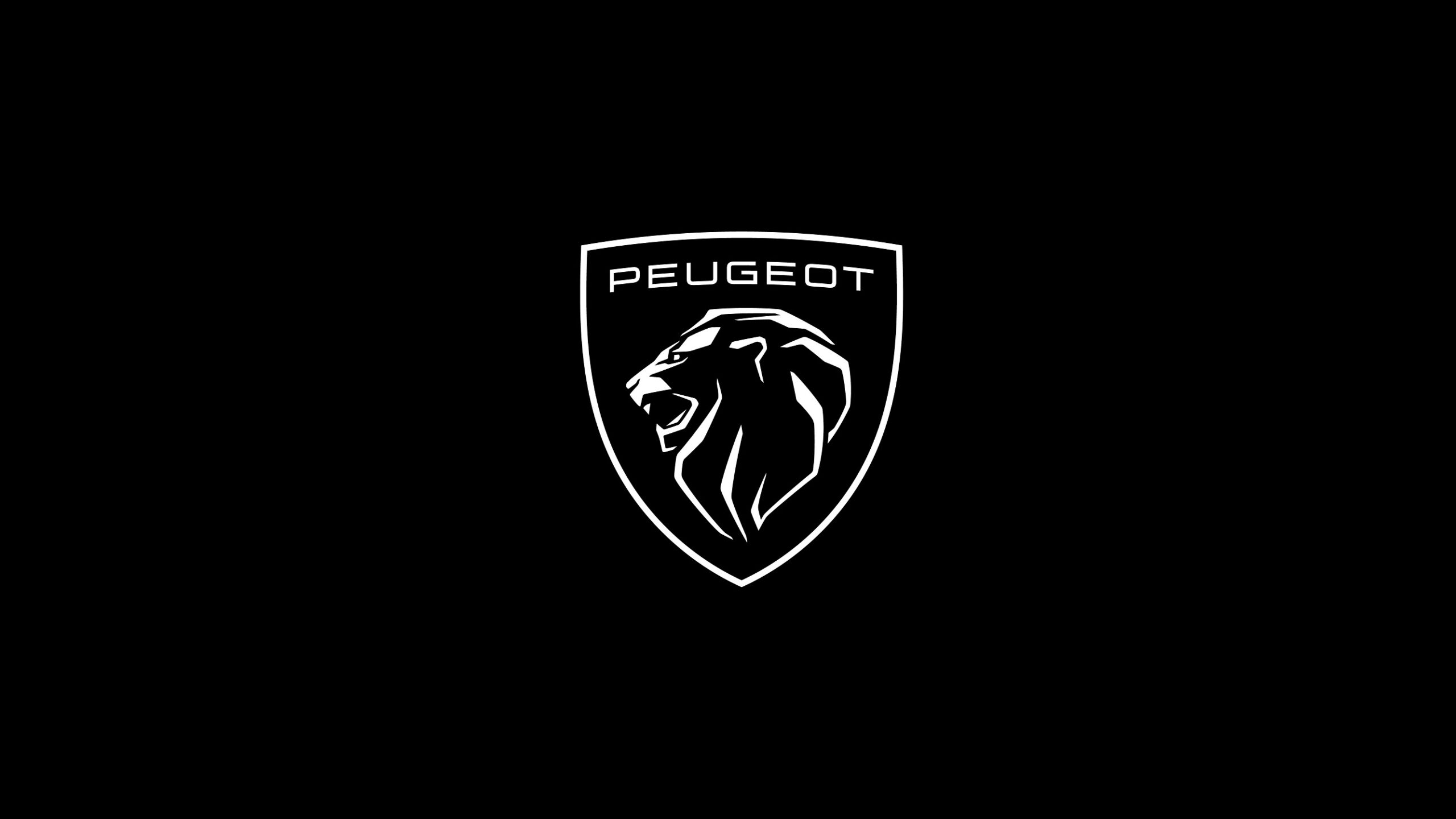
Originally founded in 1803 by Jean-Pierre and Jean-Frédéric Peugeot, the Peugeot company was a family-run grain mill. Peugeot then went on to manufacture saws, steel strips, and springs for watchmaking before switching over to manufacturing bicycles in 1830. The company eventually went into producing cars starting in 1882, making it the oldest car company in the world. The first Peugeot-branded car was unveiled at the 1889 World’s Fair in Paris, France. It was a steam-driven three-wheeler that become one of the highlights of that year’s fair.
During the 1910s, Peugeot-powered race cars took to the track at the famed Indianapolis Speedway for the Indy 500, taking home victories in 1913, 1916, and 1919. Over the years, the brand has had success around the globe winning titles in series like the Dakar Rally, World Rally Championship (WRC), 24 Hours of LeMans, and the famed Pikes Peak International Hill Climb, just to name a few.

In 1974, Peugeot purchased a 30% share in Citroën, another French automaker. To help Citroën through an ongoing financial crisis, the French government financed a new joint venture between the two companies giving Peugeot control of the operation. Called PSA Peugeot Citroën group, the new identity allowed both brands to keep their separate identities but continue sharing engineering and technical sources.
From 1968 to 1974, Citroën controlled the luxurious Italian brand of Maserati. After the oil crisis of 1973 and the Citroën brand’s financial issues that led to the PSA joint venture, Peugeot sold the Maserati brand in May of 1975. It wouldn’t be until 1993, that FIAT would purchase the Italian brand an incorporated the brand into its portfolio which would continue until the merger of the new Stellantis company, where it continues to be an integral part of the automaker’s success.
In 1978, Preugeot took over control of the European division of then Chrysler Corporation as the Chrysler struggled to survive fiancially. At that point, the Chrysler Europe brand became the Talbot brand. Talbot would continue producing passenger cars until 1987, and commercial vehicles in 1994, after which the entire Talbot marque was axed.
Peugeot itself, began selling its vehicles in the United States in 1958. It would continue selling vehicles in the states until 1991 when it realized it could not catch the success of the Japanese automakers in the marketplace. Sales for the French brand for 1991 in the United States, was a faltering 3,500 units sold. Despite not being sold in the United States or Canada, the brand still has a presence in Mexico.
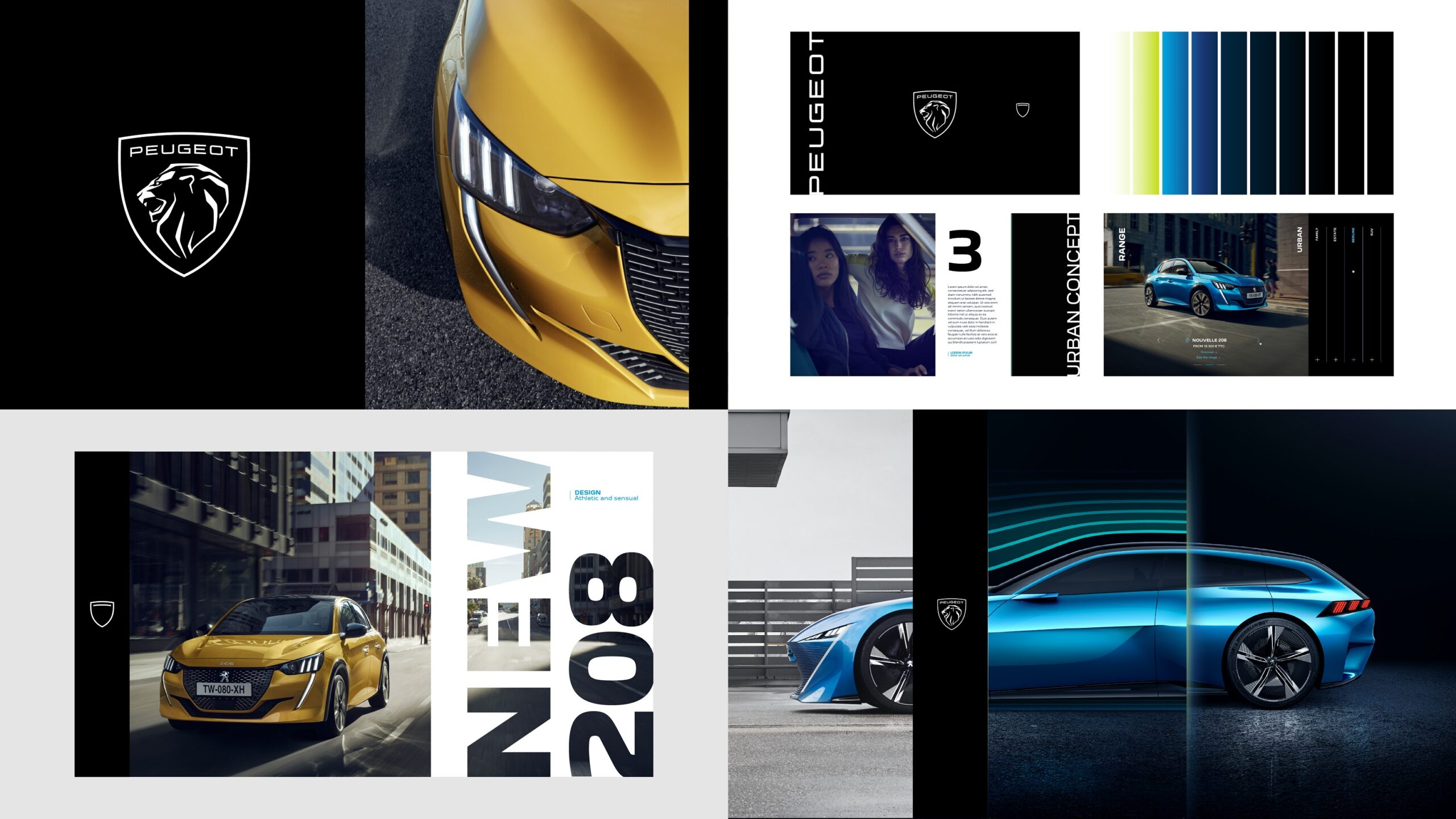
With the introduction of the brand’s new logo, it marks the 11th time that the brand has featured a logo encorporating a lion emblem. According to the Peugeot Design Lab (the Global Brand Design studio of the Peugeot brand), the new logo is is more “racy, more qualitative and more elegant” than the outgoing logo. The new logo represents the tune of the brand’s with a complete renewal of its portfolio over the next decade, starting with the launch of the new Peugeot 308.
Helping to kick off the new era, the brand is launching its first brand campaign in a decadem with “The Lions Of Our Time” tagline. The new campaign celebrates “lions of today”, of all ages, cultures, and backgrounds. It also focuses on those who are less in search of power and/or money, but for those who now search more quality time, according to the brand’s official statement. It also says the Peugeot “offers and offers an experience that offers seconds, minutes, and hours that are never routine, whether online, on board its cars or at its points of sale”.
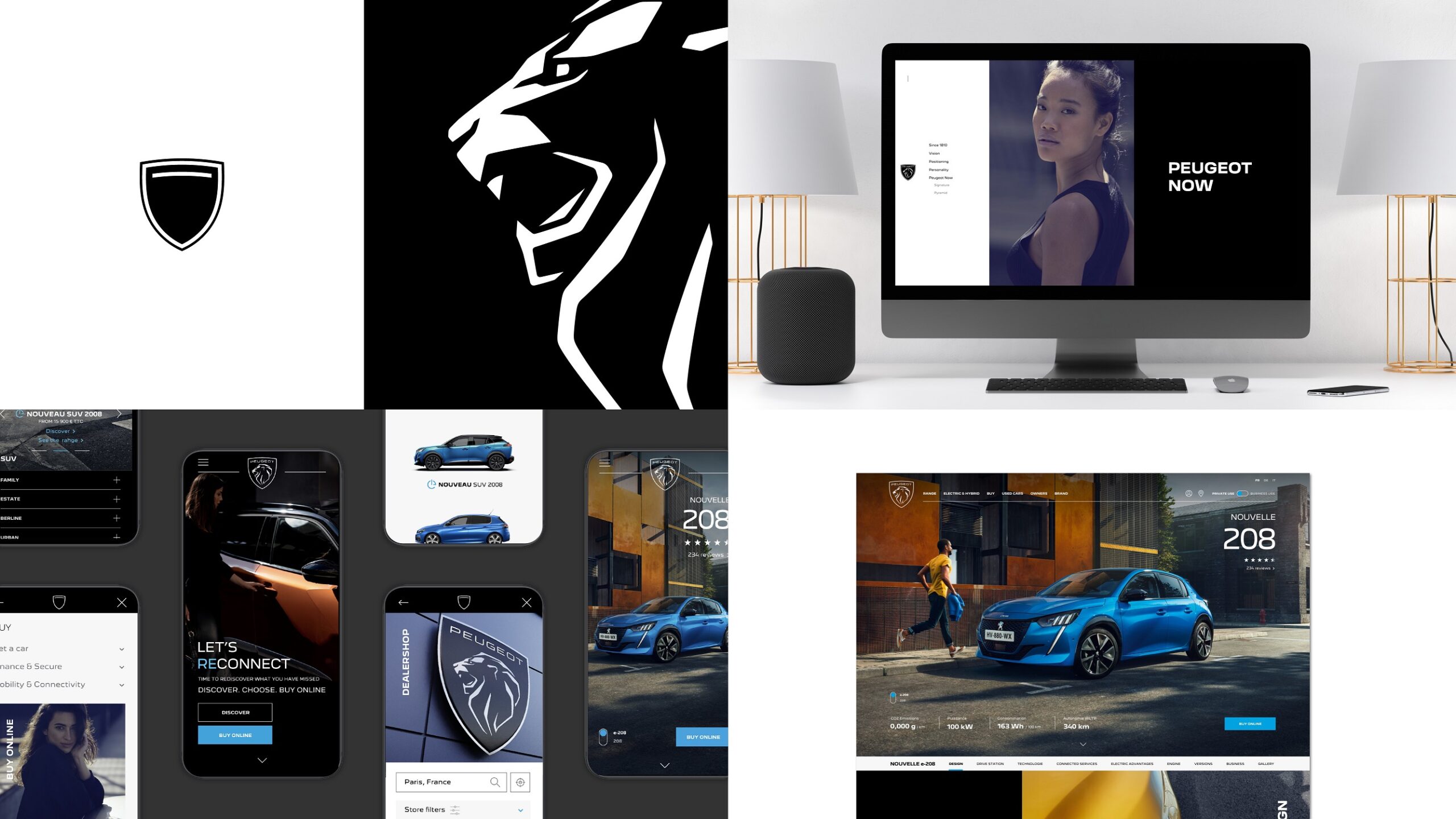
While the Peugeot brand will not be making a return to the United States and Canadian marketplaces anytime soon, the rebranding of the Peugeot brand shows us Stellantis’ intentions with its most iconic brands and how the automaker might be updating its company’s portfolio may look over the next decade.
You can watch the official reveal below…

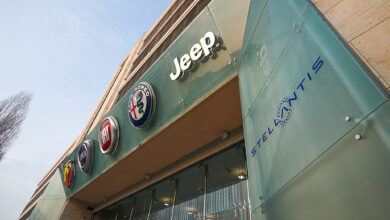

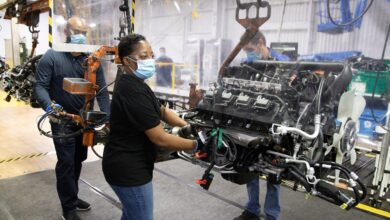
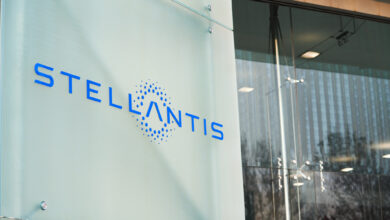
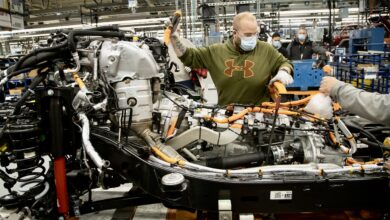
No replies yet
Loading new replies...
Join the full discussion at the Mopar Insiders Forum →